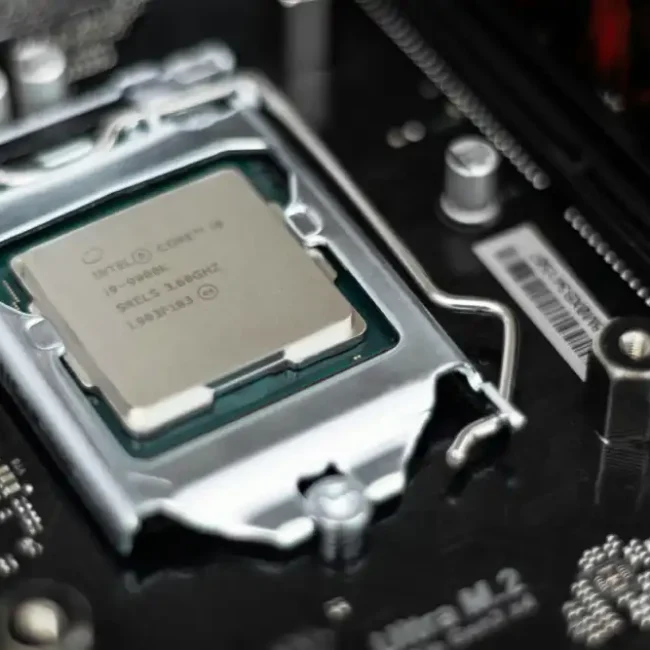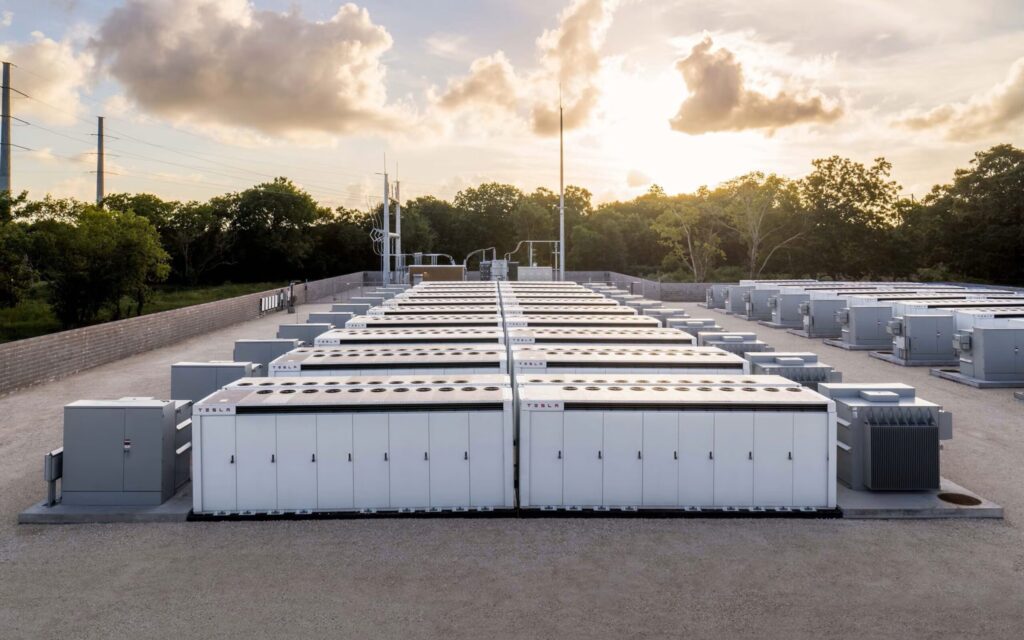The Taiwanese government has announced plans to support companies in relocating production from China to the U.S., Southeast Asia, and India, in response to potential tariffs under a new Trump administration. This strategic move aims to mitigate the impact of rising trade tensions while diversifying Taiwan’s global supply chain footprint.
Reasons Behind the Shift
- Trump’s Tariff Threats:
- The former U.S. president has hinted at imposing higher tariffs on Chinese imports, prompting Taiwanese firms to explore alternative manufacturing bases.
- Geopolitical Considerations:
- Rising tensions between the U.S. and China have pushed Taiwan to reduce dependency on Chinese supply chains.
- Supply Chain Resilience:
- The COVID-19 pandemic exposed vulnerabilities in global supply chains, making diversification a priority for Taiwanese manufacturers.
Key Regions for Relocation
- United States:
- Taiwanese firms are considering U.S. production to maintain direct access to the American market and avoid tariffs.
- Sectors like semiconductors and electronics could see significant investment in U.S.-based manufacturing facilities.
- Southeast Asia:
- Countries like Vietnam, Thailand, and Malaysia offer lower labor costs and growing manufacturing infrastructure.
- Many Taiwanese firms have already set up factories in the region, making expansion a logical step.
- India:
- India’s government incentives and expanding industrial base make it an attractive alternative for high-tech production.
- Taiwanese tech giants like Foxconn are increasing their footprint in India, particularly in electronics manufacturing.
Taiwan’s Support Measures
- Financial Incentives:
- The government plans to offer subsidies and low-interest loans to firms relocating their operations.
- Regulatory Assistance:
- Taiwanese officials will work closely with local governments to ensure smooth transitions for businesses moving production.
- Infrastructure Development:
- Investment in logistics and industrial parks in partner countries to facilitate manufacturing expansion.
Implications for Global Trade
- Reduced Dependence on China:
- A shift in manufacturing locations could weaken China’s position as the dominant global supplier.
- U.S.-Taiwan Relations Strengthen:
- Increased Taiwanese investment in the U.S. could enhance economic and political ties between the two nations.
- Growth in Emerging Markets:
- Southeast Asia and India stand to benefit from job creation and infrastructure development as they absorb more production capacity.
Challenges and Risks
- Higher Production Costs:
- Relocating factories to the U.S. or India may lead to increased operational expenses compared to China.
- Regulatory Barriers:
- Navigating new legal frameworks and labor regulations in different countries could present challenges for companies.
- Market Uncertainty:
- The global economic landscape remains volatile, and future U.S. trade policies could further influence relocation strategies.
Conclusion
Taiwan’s proactive efforts to help firms shift production underscore the island’s commitment to economic resilience and strategic adaptation in an evolving global trade environment. As U.S.-China tensions continue, Taiwan’s diversified supply chain strategy could set a new model for other economies facing similar challenges.
For more information, visit Fortune.





